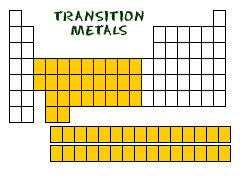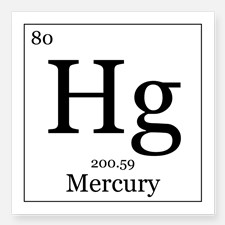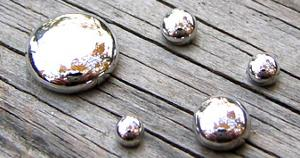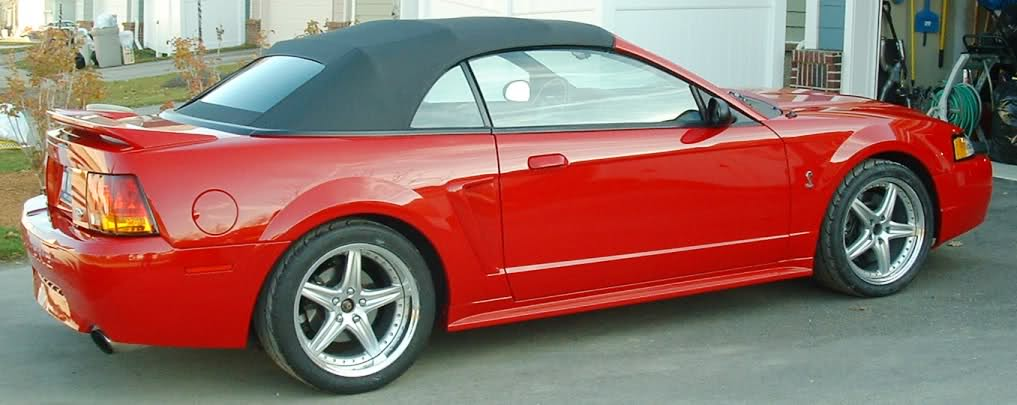 The element that I selected for my element menu project is mercury. The element symbol for mercury is Hg. The symbol Hg is from the Latin word “Hydrargyrum” meaning “liquid silver”. Mercury is a metal in the Transition metal family.
The element that I selected for my element menu project is mercury. The element symbol for mercury is Hg. The symbol Hg is from the Latin word “Hydrargyrum” meaning “liquid silver”. Mercury is a metal in the Transition metal family.

Mercury’s atomic number is 80 and its atomic mass number is 200.59. An atom of mercury contains 80 protons, 121 neutrons, and 80 electrons.
Mercury's physical properties are quite interesting. Mercury is silvery-white in color and it is a liquid at room temperature that evaporates slowly. Mercury is one of two elements that is a liquid at room temperature on the periodic table. Pretty cool don’t you think? It has a density of 13.546 g/cm3. This means that mercury weighs 13.6 times as much as the same volume of water. Its melting point is -38.83 C and its boiling point is 356.73 C and it does conduct heat and electricity. Mercury is reasonably priced at $.48 per gram.
Mercury rarely occurs free in nature. Most of its compounds are highly toxic. There are five common compounds that contain mercury. Mercury nitrate was used to clean animal pelts to make hats in the 18th century. Mercuric chloride, HgCl2, is a poisonous salt that was used to clean wounds. 
Mercurous chloride, Hg2Cl2, also known as calomelan antiseptic, was used to clean bacteria.
Mercuric sulfide, HgS, is used to make red paint pigment named vermillon and mercuric oxide, HgO, is used to make batteries.

These are some pictures of models of a mercury atom.
Mercury’s chemical properties are unique. It reacts mildly with acid, but it does not react with air. It does react with oxygen to form HgO, mercuric oxide, and Hg2O, mercurous oxide. Mercury also reacts with chlorine to form HgCl2 and Hg2Cl2.
The most common use for mercury is that it can be found in compact fluorescent light bulbs. It is toxic, so great care needs to be taken when one of these bulbs breaks. Be sure not to touch the contents of the bulb.
Some scientists have argued that there could be some hazards associated using mercury in dental fillings. It is mixed with other elements to make fillings and there are mixed results regarding its toxicity. The FDA has concluded that dental amalgam fillings, fillings that contain alloys with mercury, are safe for adults and children 6 years old and older.
In 2008, 13 states introduced laws to limit the manufacture, sale, or distribution of mercury fever thermometers. California was one of the 13 states. With all of this information regarding the toxic nature of mercury it is hard to believe that traditional Chinese medicine still contains mercury. Chinese emperors used mercury to prolong their lives, but now we know it probably had the opposite effect.